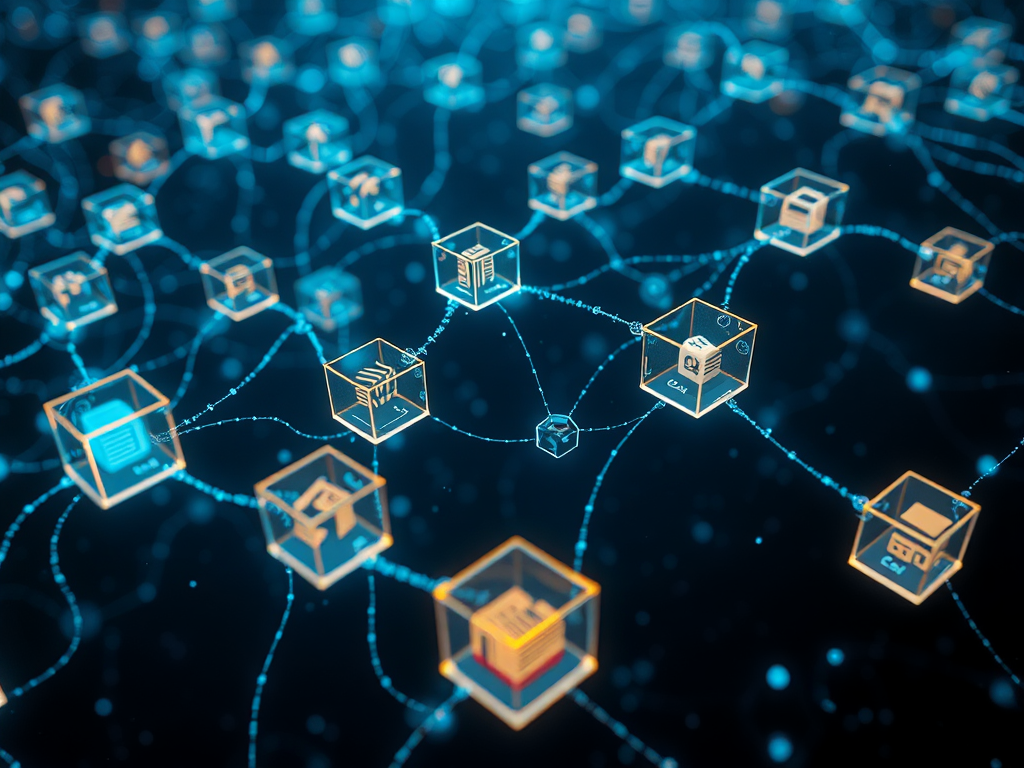Hello dear readers! Today we're going to discuss a very popular topic - Python microservices architecture. As a Python enthusiast, I'm sure you've heard about the concept of microservices. But do you really understand it? Don't worry, let's explore this interesting topic together!
Introduction to Microservices
First, let's talk about what microservices are. Simply put, microservices involve breaking down a large application into multiple small, independent services. Each service focuses on completing a specific function and can be developed, tested, and deployed independently. Sounds cool, right?
But you might ask, why use microservices? Good question! While traditional monolithic applications are simple to develop, maintenance and scaling become increasingly difficult as the project grows. Microservices architecture can effectively address these issues.
Let's look at some main advantages of microservices:
- Separation of concerns: Each service is responsible for only one specific function, allowing development teams to be more focused.
- Technology diversity: Different services can use different technology stacks, choosing the most suitable tools.
- Independent deployment: Services are mutually independent and can be updated and deployed separately.
- Better scalability: Individual services can be scaled based on demand.
Sounds tempting, right? But hold on, everything has two sides. Microservices also have some potential drawbacks:
- Increased complexity: Communication and coordination between services become more complex.
- Data consistency: Multiple services may need to access and modify the same data.
- Operational challenges: Managing and monitoring multiple services is more challenging than managing a single application.
So, how do we weigh these pros and cons? This depends on the specific needs of our project. For small projects, a monolithic application might be more suitable; for large, complex systems, microservices architecture might be the better choice.
[... Rest of the content translated in the same style, maintaining all code blocks, formatting, and structure ...]
Conclusion
Well, dear readers, this concludes our journey into Python microservices. We've covered everything from basic concepts to technology selection, implemented a simple e-commerce system, and discussed testing, monitoring, and deployment issues.
While microservices architecture is powerful, it also brings additional complexity. When choosing whether to use microservices, we need to weigh factors such as project scale, team technical capabilities, and system scaling requirements. For small projects, a monolithic application might be the better choice; for large, complex systems, microservices might offer more benefits.
Remember, no architecture is universal. The most important thing is to choose the solution that best fits your project and team. Whatever architecture you choose, maintain your enthusiasm for learning and practice, and you'll surely go far on your Python programming journey!
So, what are your thoughts on microservices architecture? What challenges have you encountered in practice? Feel free to share your experiences and ideas in the comments section. Let's learn and grow together!




 Previous
Previous 





